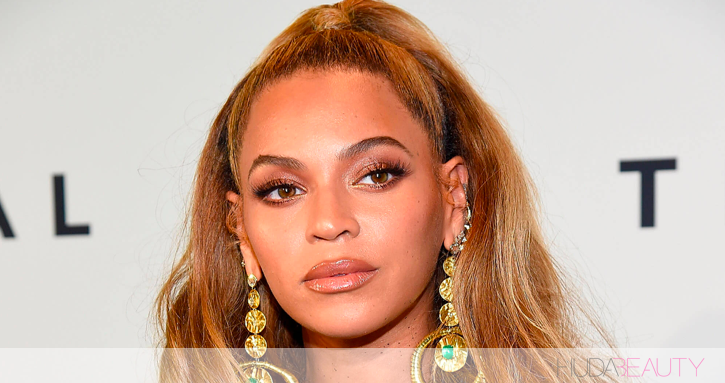Real Talk: Do Anti-Graying Hair Serums Actually Work?
 via Giphy
via Giphy
The beauty world makes all sorts of enticing promises, and while not all of them deliver, a handful do. For example, retinol really can minimize wrinkles and fine lines, and good old niacinamide is a true gem when it comes to giving discoloration the boot. Then there are elusive new launches that sound almost too good to be true, which requires us to put on our sleuthing hats to get to the core of the truth.
“Anti-graying” hair serums – such as Vegamour’s GRO AGELESS Anti-Gray Hair Serum, $78, and Root Revival’s Advanced Anti-Gray Hair Serum, $50 – fall into this category. So what’s the low down? Do anti-gray hair serums really work, or are they a money-grabbing gimmick? We spoke with a trichologist to get answers to see what kind of results we can actually expect and whether we’re just wishing on a star.
Why do we go Gray in the First Place?
We might fancy ourselves the first person on earth not to go gray, but the reality is that, eventually, our hair will transform into a tinsel-y masterwork. “In the simplest terms possible, we go gray predominantly due to hair age. You are born with a defined number of follicles, each with its own finite number of life cycles,” explains trichologist Kerry E. Yates, founder of Colour Collective. “When your hair is in the anagen – AKA active growing phase – you are also actively showcasing your natural melanin or hair pigment.”
As you and your hair get older, that melanin production comes to a slow down, and supply is often eventually depleted – which ultimately turns your hair gray or white.
Posts You'll Love:
How do Anti-Gray Serums Claim to Work?
Anytime there’s an aesthetic “problem” to be solved, you can bet that the beauty industry is actively trying to cash in. Finding a “cure” for gray hair has certainly been high on the list. Recently, anti-gray hair serums have popped on the market that claim to target aging hair directly.
How anti-graying serums work ultimately depends on the formula. Yates tells us that the majority of these products claim to work by rejuvenating the hair follicle, improving health, and pushing the “tired” follicle back into that active growth phase (anagen). “[The theory is that] as a result of moving the hair follicle from the resting phase to the active growth phase, the hair actually restarts the melanin production process,” Yates says.
But do Anti-Gray Hair Serums Really Work?
 via Giphy
via Giphy
Let’s get to the elephant in the room. Do anti-graying hair serums really work? Yates says, “kinda” but that research is still underway, and your mileage may vary. “There are topical treatments that help with the hair life cycle, and it is a fact that if there is still melanin within the follicle, then by pushing the hair to the anagen phase, you are, in essence, presenting non-gray hair,” Yates explains.
Interestingly, Yates recently conducted a study with 124 participants for a hair loss brand. Several of the participants had over 50% gray hair. The daily application of a hair loss treatment resulted in not just new hair growth but new hair growth that appeared pigmented, giving the overall look of the hair reverting back to its pigmented color.
“In addition, some studies have shown that medicines focused on decreasing inflammation have helped with follicle health and, in turn, created the appearance of no more gray,” says Yates. However, she notes that the percentage of participants who experienced those types of results was relatively small.
Bottom Line on Anti-Gray Hair Serums
The reality, says Yates, is that only a small number of people from existing ‘anti-gray’ hair studies actually experienced a reversal of gray hair. They are ultimately more effective for people who have only a few gray hairs – ideally less than 50% – and, even then, may not work completely.
If you’ve got money to throw at one of these serums, are concerned about gray hair, and are curious to “see what happens,” then trying them is worth a shot. In fact, Yates notes that regardless of whether your hair darkens again, anti-gray serums can help support better scalp and follicle health. Give the serum a good 90 days and take before and after images so you can track any changes, and please report back to let us know if it worked for you!
Want to give your hair some extra TLC? Try the cute #hairbunmask or jump onto the hair-slugging train.























Leave a comment